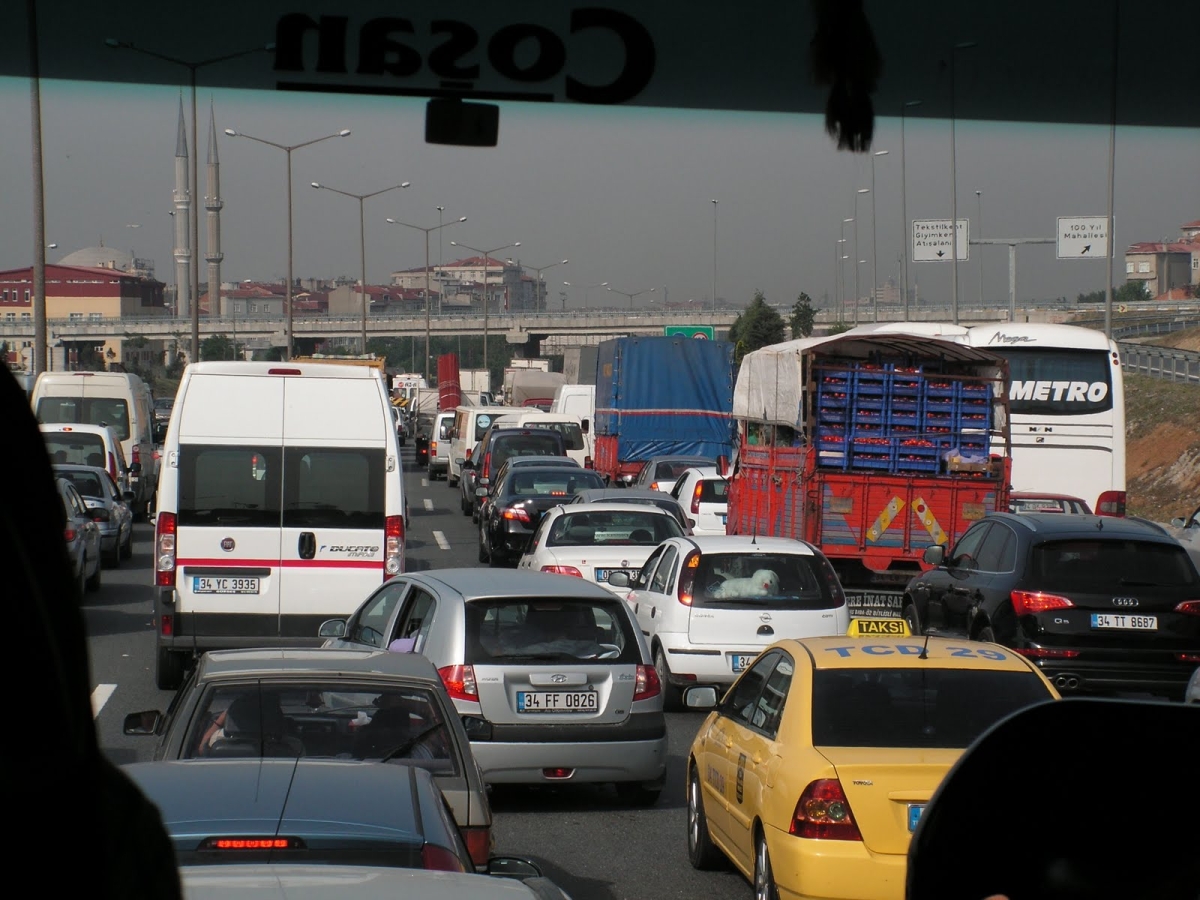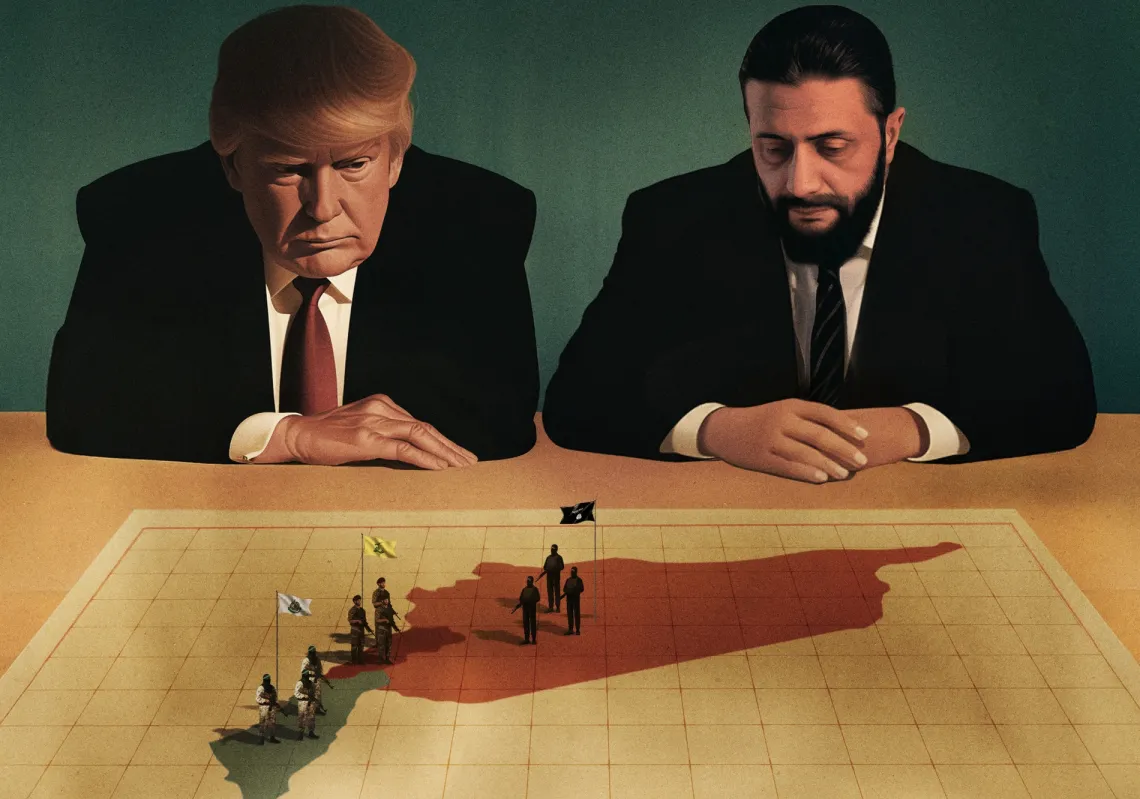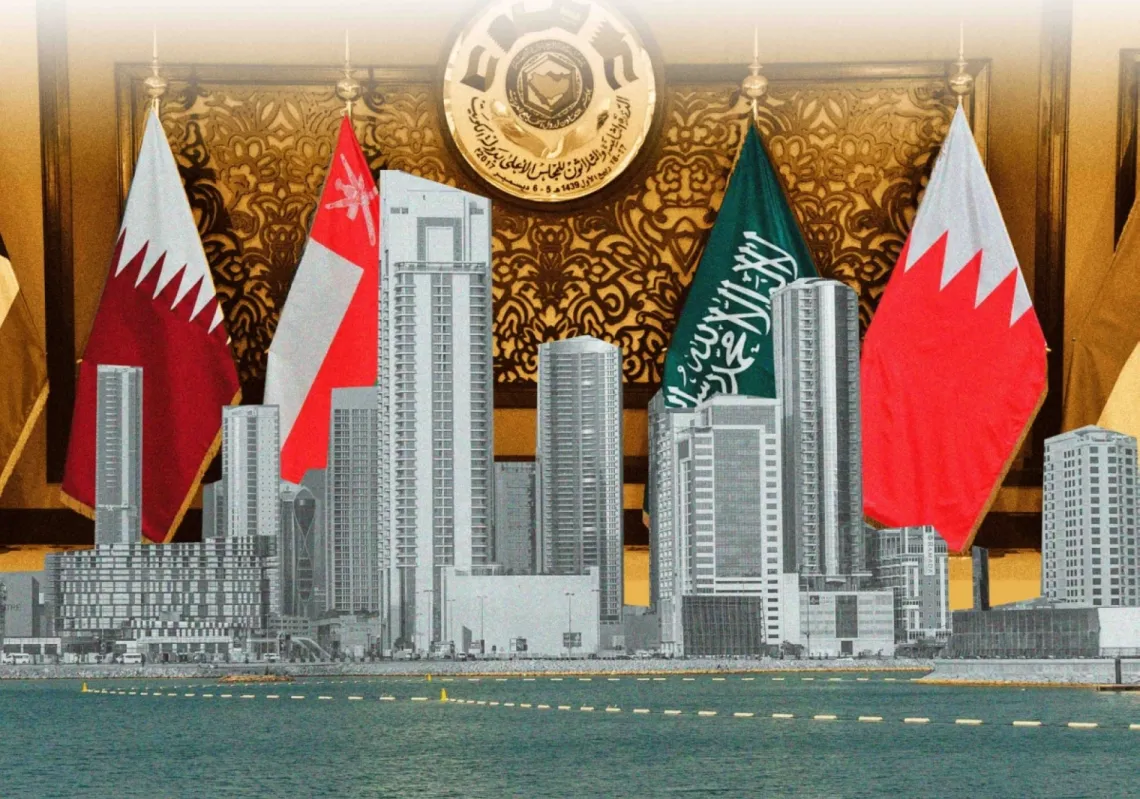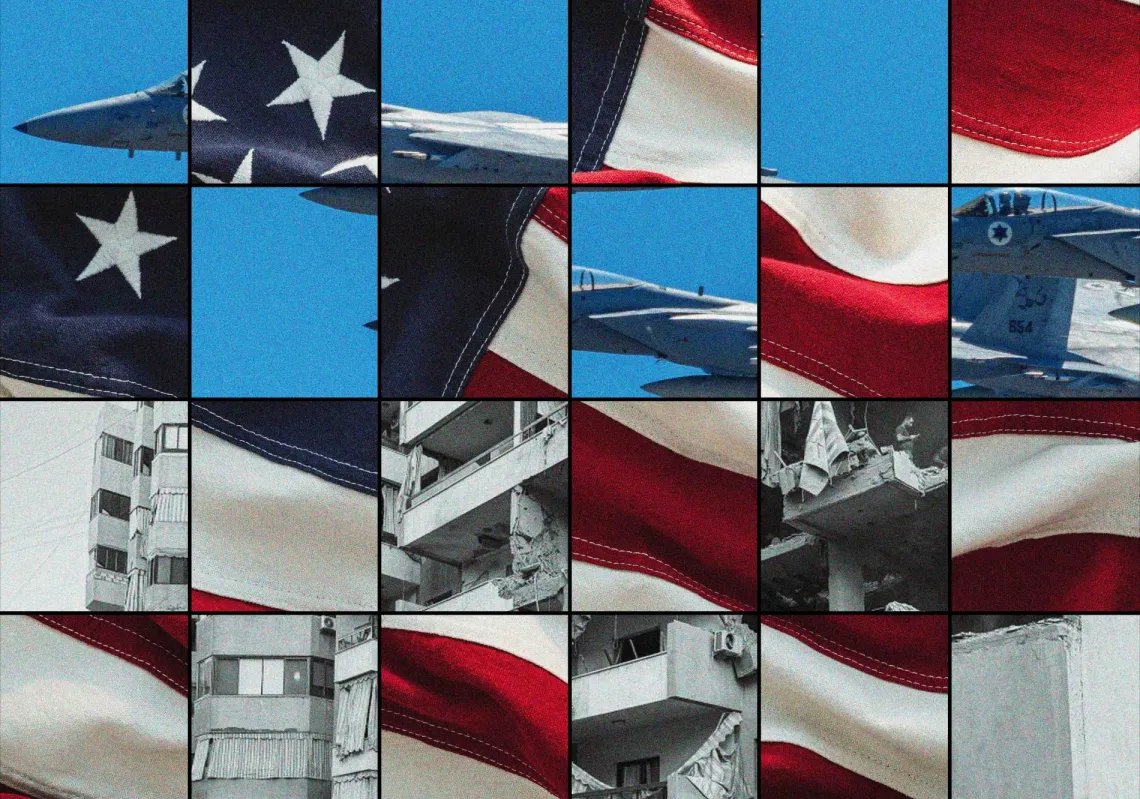 Traffic in Istanbul[/caption]
Traffic in Istanbul[/caption]
[inset_left]plaka [pi-LYA-ka] n. number plate. This rectangular piece of aluminium is an important source of urban noise pollution.[/inset_left]
Choose a road in Istanbul and wait for the traffic police to pass. If the traffic is heavy, the megaphone on the roof of the police car will emit a series of angry clicks as the policeman flicks his microphone to express displeasure at this deliberate hindering of official progress.
If he comes across a car that he deems to be mis-parked (and the reasons for his decision are not always clear), he will peer indignantly up out of his side window, all the time continuing at a crawling pace, and begin shouting into his megaphone. 'Thirty-four N, move along now, move along, thirty-four N.' Now this is a very confusing order, for every one of the more than two million cars that clog Istanbul's streets has thirty-four on its number plate: it is the city code. Even with the N - or any other letter - added on, the number of potential culprits is still well in excess of 100,000. Small wonder that an owner rarely appears to remove the offending vehicle.
The policeman can be forgiven for his muddle-headedness, though, for he has to deal daily with what must be one of the most variegated and hierarchically complex number plate systems anywhere in the world. It isn't the basic plate that is the problem (the idea there is simple: a two-digit city or province code, followed by two or three letters, followed by three or four numbers). It is the exceptions. Taxis, foreigners with temporary residence permits, diplomats,
members of international organisations, police, military police, consular staff, state-owned vehicles: all of them have subtly different number plates. And all of them need to be treated with subtly different levels of respect. And then there are the makam plakaları, the protocol plates, white letters on a red background for the quite big cheeses, people like university rectors and the deputy assistant undersecretary in the Ministry of Fisheries, gold letters on a red background for the really big cheeses, the governors, the undersecretaries, the parliamentary commission heads, the ministers, the top judges, the top generals, all the way up to the very summit, to CB 0001, the President himself.
There are many advantages to having the makam plakaları. You get a big black car to stick them on. You get a chauffeur. Above all, as MPs lobbying for the right to have makam plakaları of their own made clear, you get a sort of diplomatic immunity. 'The police don't recognise us', one MP was quoted as saying. 'They stop us like we are normal citizens.' The Parliamentary speaker promised - according to the notoriously anti-government journalist who wrote the
story - to do something immediately about what he called 'this outrageous
injustice.'
Unsurprisingly,there has been an inflation in the number of these plates. Nobody knows the
exact figures, though one opposition MP this August talked of 160,000 official cars, making Turkey's state-owned fleet the sixth largest in the world.
The government has begun to take action. In April, the Finance Ministry banned the use of official cars with official plates for all bureaucrats under the rank of deputy assistant undersecretary and stopped the system whereby the chauffeurs who drive senior bureaucrats around all day are collected from their homes in the morning by other chauffeurs. Then, in May, came the announcement that the number of top Ankara-based officials with the right to have really important number plates was to be reduced with immediate effect from 82 to 35.
But the oddest detail in the on-going story of number plates happened this summer. As every morning, a chauffeur drove the Finance Minister to his ministry in his ministerial car. It was only when the Minister had gone inside that the chauffeur noticed that the beautiful red and gold plaka on the front of the car had gone. It hasn't been seen since. The work of a chauffeur who had lost his job, perhaps, or of a senior bureaucrat who had lost the right to an official car with official number plate? Or perhaps the minister himself unscrewed it. He is after all one of the rare advocates in government of fiscal tightening.









